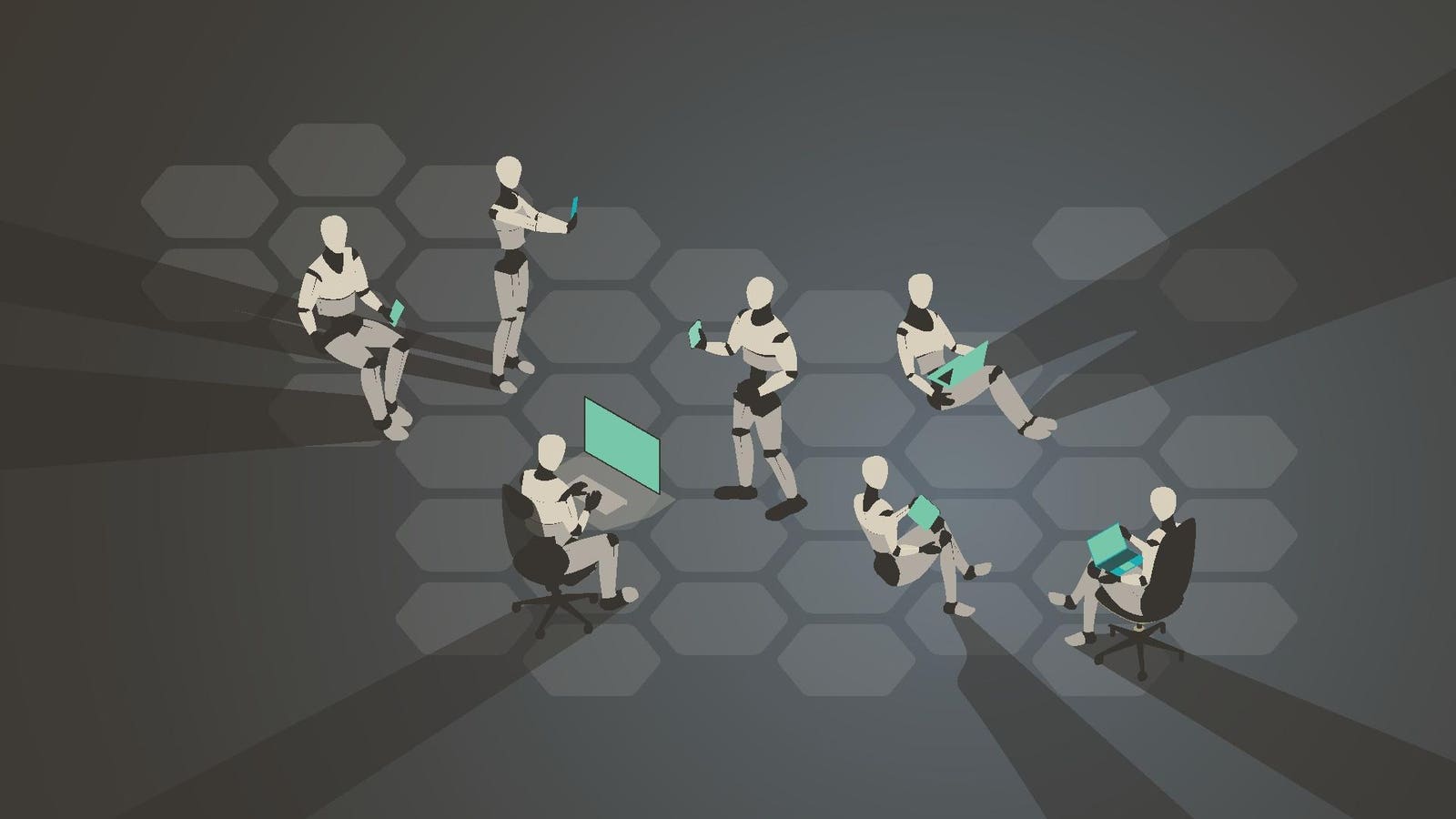Physical Address
304 North Cardinal St.
Dorchester Center, MA 02124
Physical Address
304 North Cardinal St.
Dorchester Center, MA 02124

Jiani Zhang, Executive Vice President, Chief Software Officer at Capgemini Engineering.
The rapid growth of generative artificial intelligence (GenAI) is unlike anything we’ve seen in quite a while—the excitement, anticipation and race toward adopting this technology cemented 2024 as the year of AI. Last year, we saw a focus on knowledge sharing and how to leverage that ability to build copilot solutions, with 46% of software developers utilizing GenAI to support their everyday tasks.
This year, we’re seeing a shift from the prompt-based knowledge support of GenAI to autonomous, task-based agents. Although the distinction between the two ideas is subtle, it’s driving a new wave of transformation across all industries.
AI agents are moving the needle toward even greater contextualization and accuracy—both in how they develop solutions and how we work alongside them. Rather than relying on an individual response for a given prompt, agentic AI operates within a particular context. An agent is created to execute a specific task, and because it’s been tailored to have this precise skill, we’re getting better results and a higher level of accuracy than generic GenAI can offer.
Within the software development life cycle, testing, writing requirements, story generation and knowledge management are the core use cases where companies have set their sights on saving the bottom line—and it’s been proven agentic AI can do just that.
Let’s compare the difference between GenAI and agentic AI in generating test cases. A developer puts in a prompt asking for GenAI to create a test case—a simple enough task. But how does the developer know if this generated test case is any good? What are the parameters in which this case was created? And is this scalable? These questions point out the flaws of GenAI.
Alternatively, multiple AI agents can be used together to collaborate autonomously in dynamic environments. One agent generates test cases, another executes these cases and a third debugs the errors. Not only does this give more accurate results, but it’s also an accurate representation of the way humans work—research, write, reflect and validate. The agentic AI framework allows for an effective feedback loop where we’re no longer solving for individual use cases but creating contextualized agents that collaborate as though they’re part of a “real-world” team.
The entire market is sprinting toward agentic AI now that companies understand the value of the feedback loop, with the global market expected to reach $70.53 billion by 2030. However, it’s short-sighted to say we can solve all our problems with just agentic AI. Although the maturity and sophistication of implementation varies by company and use case, one fundamental detail must be present—good architecture. If we don’t understand the intended outcome, we’re already building something out of our depth and may not even be creating the correct agent. It’s crucial we not only understand what the solution is meant to achieve but also have the correct architecture to support the ideation and execution of said solution.
For instance, our client, a major energy and utility platform provider, aimed to modernize critical energy grid management systems that align with their next-generation vision. Key challenges included budget constraints, coexistence of systems, limited subject matter expertise and sensitive code—issues that are prompting many organizations to turn toward GenAI modernization. In this case, a set of AI agents collaborated autonomously to iterate and design the future state architecture. As a result, this company achieved increased efficiency, enhanced security and a smooth transition, all while laying a solid foundation for future development.
The greatest value comes from establishing the foundational architecture and domain of what you want the outcome to be—we call this the metamodel. This metamodel allows you to understand the kind of solution you want and helps ensure that AI agents are aligned with the identified business objectives, driving meaningful outcomes. By defining the metamodel upfront, you not only create a roadmap for the solution but also establish the right framework to support integration and scalability, ultimately enabling long-term success.
Applying future state architecture in tandem with GenAI modernization is a prime example of the significant mindset shift in functionality and the value of the solution rather than just a straightforward translation.
There’s no doubt that 2025 will be the year for agentic adoption, with 52% of organizations intending to employ AI agents in their workflow this year. As AI technology progresses from a supportive tool to that of an autonomous agent with adaptable execution capabilities, there will be several speed bumps that have the potential to hinder its broad adoption. Robust governance, ethical guidelines and responsible AI practices will be necessary to mitigate concerns around privacy, bias, transparency and other risks that have plagued AI transformation from the start.
Although the technology behind AI agents is still in its infancy, technology leaders across industries have already begun to pave the way in many use cases where the agentic framework makes sense. This will undeniably reshape both the human-machine dynamic and how organizations will accelerate in their GenAI journeys this year and beyond.
Forbes Technology Council is an invitation-only community for world-class CIOs, CTOs and technology executives. Do I qualify?